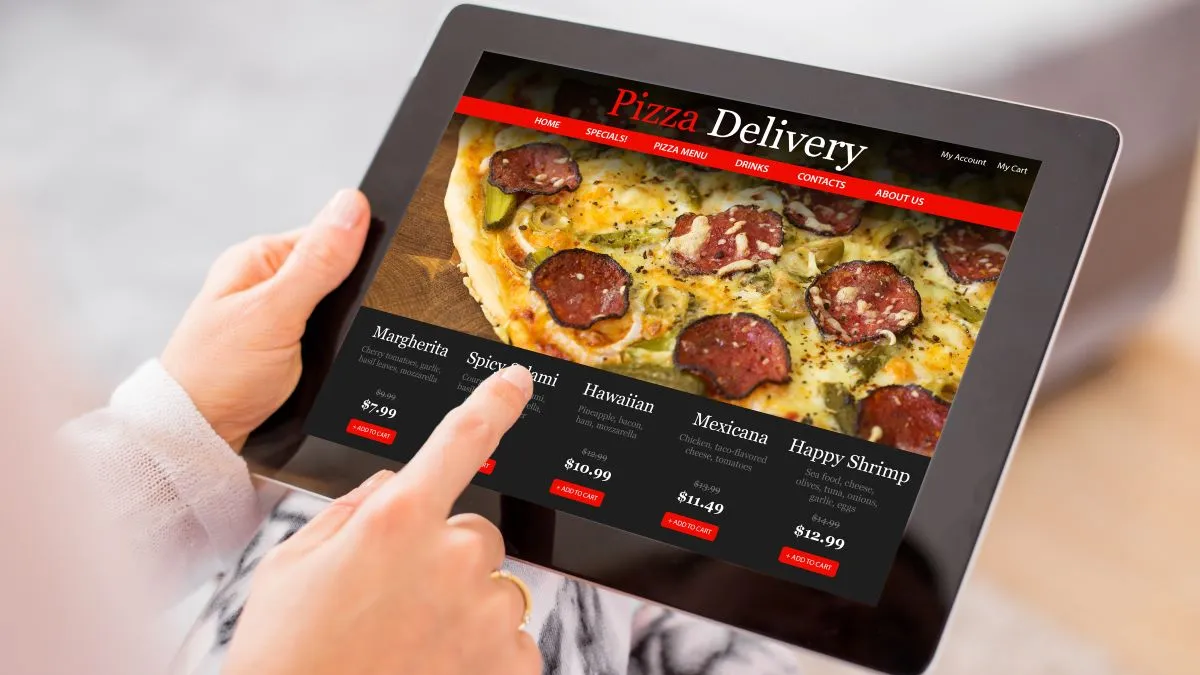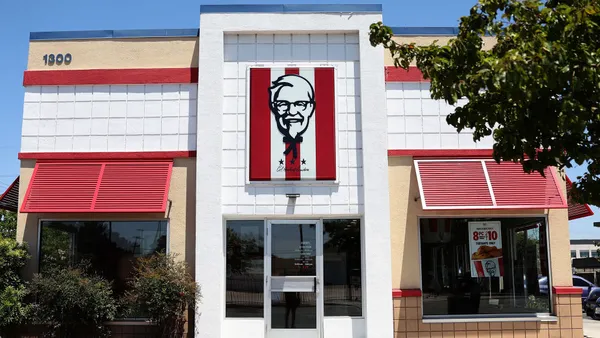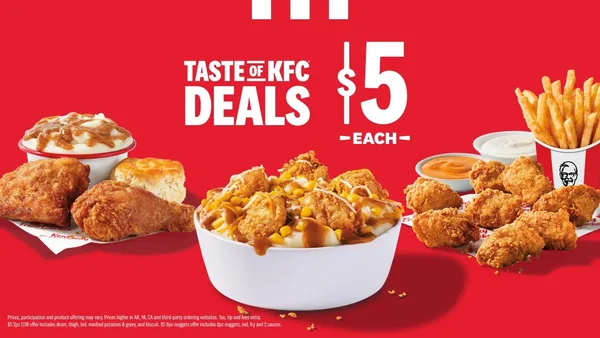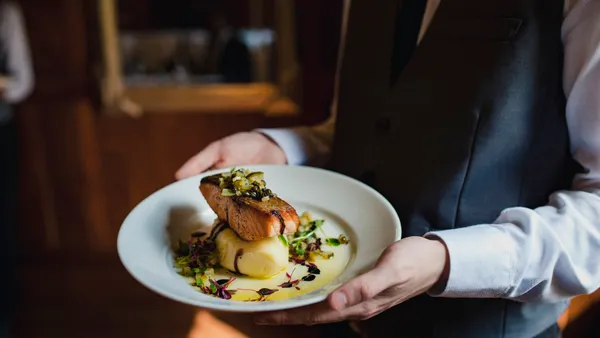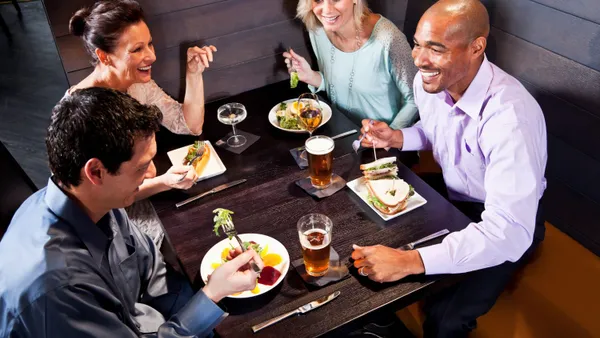Dive Brief:
- Restaurant customers who use first-party ordering to order meals tend to order higher-priced items, tip more and are more often loyalty members compared to customers who order from third-party platforms, according to Paytronix’s Online Ordering Report: 2023.
- Paytronix found that loyalty members were significantly more likely to order directly from restaurants. About 41% of first-party orders come from loyalty members versus 3% for third-party ordering.
- Loyalty customers typically yield an 18% to 30% lift in visits across industries and segments, per the report, a benefit that reflects an uptick in restaurant rewards program launches or updates in the last few years.
Dive Insight:
Patronix’s data reveals that customers who use first-party ordering order more frequently, with 33 days between visits versus 43.1 days between visits among customers who order multiple times through third-party channels. Tips are much higher, at $4.44 for first-party diners versus $1.89 for third-party.
First-party customers’ average item price is $12.35 compared to $10.65 for third-party. Third-party aggregators add service and delivery fees to customers’ orders and tend to charge restaurants commissions as high as 30%, which has led some operators to increase menu prices on these marketplaces.
Digital orders are also increasingly being placed by rewards members. Loyalty membership has increased, with QSRs and FSRs seeing an uptick in membership by 26% and 9%, respectively, between January 2021 and December 2022. Digital orders as a percentage of total sales reached 30.7% as of November 2022 compared to 9.2% in November 2019.
To boost engagement, many chains have been updating or launching rewards programs. The Cheesecake Factory plans to offer a spend-based rewards program during the summer, while On the Border and El Pollo Loco updated their rewards programs to ones with tiers. Sweetgreen’s program offers both paid and free membership tiers. Chick-fil-A updated its program in April with new items to redeem.



